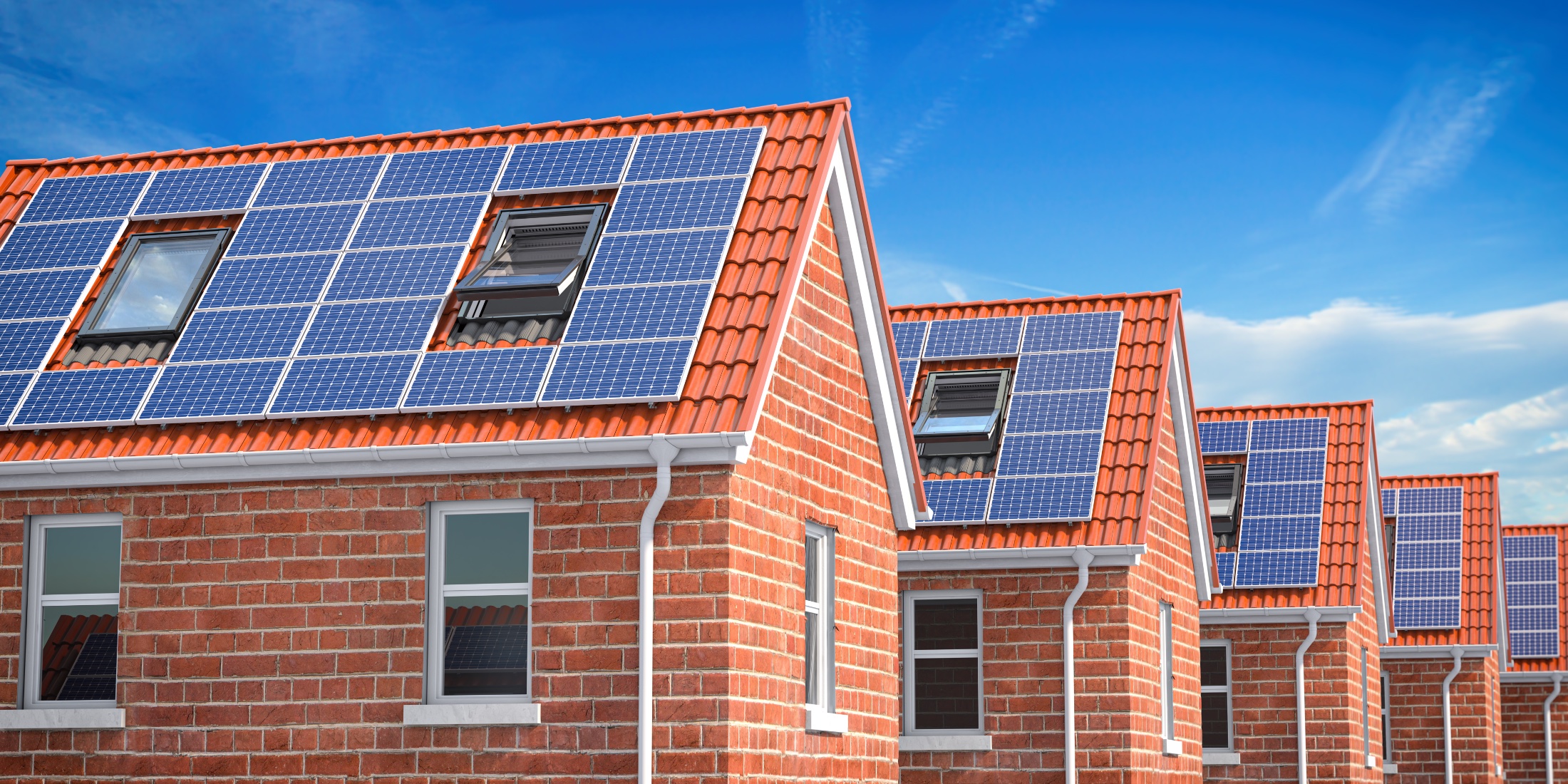Recently we published an article about actions you can take personally to reduce your housing emissions, with a focus on the easiest—and least expensive—things to do to reduce energy use in houses and apartments. This article is going to raise the ante a bit. Again, we’re going to rely on BF Nagy’s The Clean Energy Age, a source of information we’ve recommended in earlier articles—and recommend again. Today’s article will explore retrofits that may cost you more than the ones recommended in the earlier article—but ones that will also save you the most in energy costs over the long term, as well as reducing household emissions. They are well worth doing even if the initial cost outlay is more than the costs of the earlier suggested actions. In some cases, if you finance the costs of the retrofit, the loan can be paid back with the energy cost savings generated by the changes you’ve made.
1. Focus first on optimizing the building envelope—ceilings, walls, windows and doors. To quote from Nagy’s book, “If you do nothing else this year, at least add as much insulation as you can, plus double- or triple-pane windows. Seal the cracks in your building envelope and eliminate thermal bridges [areas where heat can escape through studs or other uninsulated connectors].” (14) These can be comparatively expensive retrofits to make, of course, especially the window replacements. The good news is that the Canadian government is offering subsidies to encourage these actions. To qualify, one must first have an Energy Audit done—followed by a similar Audit after the work is done. The government will subsidize the cost of the audits with a $600 subsidy. In addition, depending on the degree of work done, homeowners and businesses can qualify for up to $5,000 in a subsidy for the work done. To see program details, go to the Natural Resources Canada (NRCan) website: https://www.nrcan.gc.ca/node/23504
2. Switch to clean, efficient heating and cooling. After retrofitting the building’s envelope—and only after—find a heating and cooling technician who, in Nagy’s words, “knows about your envelope improvements.” Finding the right person is important simply because, according to Nagy,
“he or she has to calculate the new equipment capacities correctly. If the envelope is done right . . . you will be able to choose efficient, variable-speed minisplits, multisplits, heat pumps, modern hot-water radiators, and tankless water heaters.” (15)
Nagy also cautions that some technicians are still recommending natural gas, but points out you will have “a healthier, more comfortable, cleaner, and less expensive heating and cooling system if you choose electricity and/or modern water heating over natural gas or oil.” (15) He concludes, “Ask about heat pumps and be persistent.” (An example noted in a recent article: builder Ben Lowry heats his passive house with a heat pump.)
3. Save by recovering wasted building energy. A heat recovery ventilator (HRV) or energy recovery ventilator (ERV) minimizes energy waste and ensures healthy indoor air—a necessity in a house with a tight building envelope. Appropriate ventilation ensures air quality and proper levels of humidity, preventing mold. Nagy recommends adding this feature when buying your heating and cooling equipment simply because “the saved energy should be part of the technician’s equipment size calculations.” (15)
4. Install geothermal or solar thermal and solar photovoltaic (PV) panels. Nagy endorses geothermal as “very efficient and the most luxurious kind of heating and cooling” while “solar thermal panels do preheating for domestic hot-water, pool, and or hydronic space heating.” He cautions, “Get several quotes and check references.” The federal NRCan rebate program referenced above in Point #1 includes a subsidy for solar panels that provide electricity, but don’t appear to include geothermal or solar thermal installations. Installers should know what rebates are available for retrofit work, so be sure to engage them in the conversation. If they don’t appear to know this information, perhaps they are the wrong people to hire.
Installers may offer financing, as well, or know how you can arrange it. Nagy suggests,
“Ask your installer to calculate your monthly electricity savings and try to structure your finance payments so that you are breaking even from day one.” (16)
Again, he cautions homeowners to “make sure these companies have experience with
the technology they are selling and financing . . . Ask questions and expect clear answers.” (16) Some of the technology he describes in his book—while not exactly new (his book was written in 2018, after all)—is still new enough that some heating and cooling businesses may not be completely familiar with it. If you are planning to lay out money for a retrofit that will reduce your energy use, you want to ensure that it is money well spent. As he says elsewhere—and we quote above, “Get several quotes and check references.”
Again, as we’ve noted in other articles, taking steps like this not only reduces your share of harmful emissions, but also ends up saving money. Electricity costs are a substantial part of most households’ expenses. Reducing use of electricity in the ways listed above is a win-win strategy—better for the environment and better for your wallet. And while natural gas may currently appear to be cheaper, or as cheap, its future costs as a fossil fuel are unpredictable. Green electricity is the fuel of the future.
___________________________________________
- Nagy, BF. The Clean Energy Age: a guide to beating climate change. Rowman & Littlefield. Lanham, Maryland. 2018.
- Much of the technology that Nagy refers to will be unfamiliar to many homeowners. To get a sense of how technologies are making better, more efficient living possible, see Chapter 2 (“Buildings”) of his book. If you’re considering a retrofit, you can’t make a better start than by purchasing this book—available at Manticore Books in downtown Orillia.

